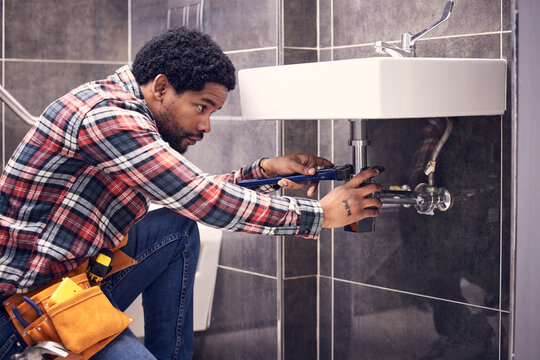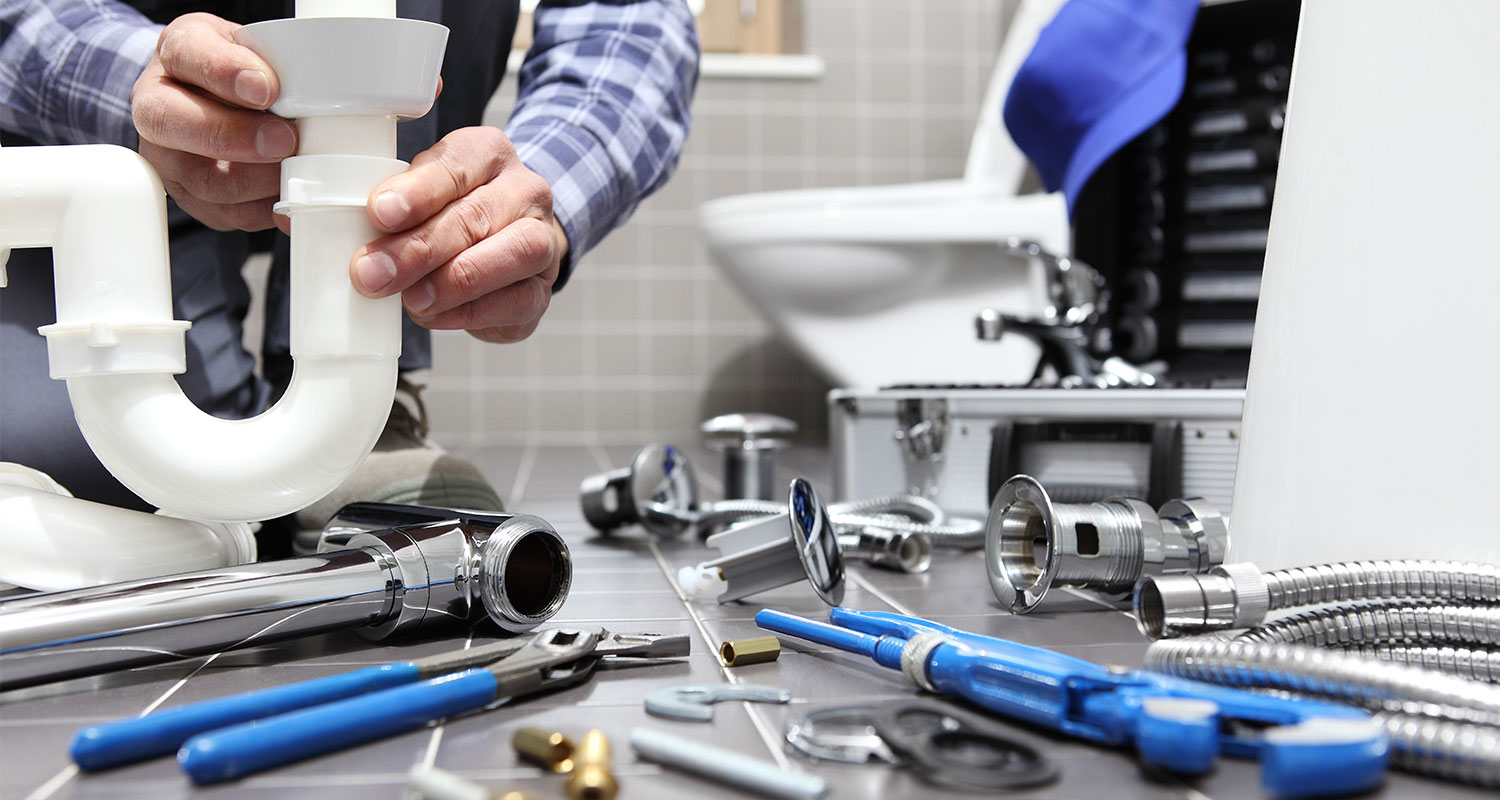Important Plumbing Alabaster AL Tips for Homeowners
Important Plumbing Alabaster AL Tips for Homeowners
Blog Article
A Step-by-Step Guide to Effective Water Heating System Installment for Optimal Performance
Beginning on the task of mounting a water heater is a venture that requires precision and a systematic technique for accomplishing optimal efficiency. As you continue, the ins and outs of attaching water supply lines and setting up trustworthy electric or gas connections await, encouraging understandings right into guaranteeing effectiveness and dependability.
Picking the Right Hot Water Heater

Next, consider the dimension and ability of the water heating system. It's essential to examine your home's hot water needs, which can differ based on the number of residents and their usage patterns. A system that's also tiny might result in insufficient warm water, while an oversized version may cause unnecessary energy consumption.
Effectiveness ratings additionally play an essential role in selection. Seek hot water heater with high Power Aspect (EF) rankings, showing exceptional performance and lowered power usage. Tankless models, though normally extra pricey ahead of time, offer considerable power savings in time because of their on-demand home heating abilities.
Preparing the Installation Location
Before mounting a brand-new water heating system, thorough preparation of the installation area is vital. It's important to measure the area meticulously to accommodate the water heating unit's dimensions, making sure appropriate clearance around the system for reliable operation and servicing.
Following, eliminate any type of debris, dust, or blockages from the site to produce a tidy atmosphere. Inspect the floor for security, as the hot water heater will require a strong, degree surface area to run successfully. If essential, install a drip frying pan beneath the system to capture possible leaks or spills, avoiding water damages to the surrounding location. In areas prone to seismic task, consider installing seismic straps to secure the heating system firmly in area.
Furthermore, guarantee that all required tools and products are on hand before starting the installment. This consists of items such as wrenches, screwdrivers, a degree, and any extra equipment required for mounting and safeguarding the heating system. A well-prepared setup location sets the structure for an effective hot water heater configuration, maximizing efficiency and safety.
Connecting Supply Of Water Lines
When linking water system lines to your newly mounted water heating system, it is crucial to make certain that all links are leak-free and safe and secure to maintain effective procedure and protect against water damages. Begin by identifying the warm and chilly water lines. The cool water inlet is commonly noted with a blue tag or a "C", while the warm water electrical outlet is noted with a red tag or an "H".
Use flexible water heating system ports to promote a simpler installment process. Before connecting the connectors, place a plumbing technician's tape around the threaded ends of the water heater's inlet and electrical outlet pipes.
As soon as connections remain in place, slowly switch on the major water valve. Inspect each link for leakages by aesthetically really feeling and examining for wetness. Tighten up links as necessary, and ensure the pressure alleviation shutoff is properly installed, securing versus too much stress accumulation.
Establishing Electrical or Gas Connections
Correctly establishing the electrical or you could look here gas connections for your water heating unit is a critical action to make sure risk-free and efficient procedure. For electrical water heaters, begin by verifying that the electrical circuit is suitable with the heating system's voltage and amperage needs. Make sure the power supply is shut off at the circuit breaker to avoid mishaps. Link the electrical cords to the heating unit complying with the manufacturer's circuitry layout. Typically, this entails attaching the ground cable to the eco-friendly terminal, and the remaining wires to their equivalent terminals, protecting each with cable nuts.
For gas hot water heater, safety is vital. Validate that the gas supply is off prior to continuing. Connect the gas line to the water heating unit making use of a flexible gas port, guaranteeing it is effectively threaded and secured with pipe joint compound or Teflon tape appropriate for gas links. Tighten the links with a wrench, taking treatment not to over-tighten (Drain Cleaning Alabaster AL).
When connections are made, evaluate for any kind of possible leaks. For gas lines, apply a soapy water option to the joints; bubbles show a leak. For electrical connections, ascertain that all circuitry is protected and appropriately insulated, preserving conformity with neighborhood electric codes.
Changing and examining for Performance
With the electrical and gas connections securely in location, the following action is assessing the operational performance of your water heating system. Begin by thoroughly transforming on the water supply and guaranteeing there are no leaks at any one of the shutoffs or joints. As soon as validated, continue to fill up the tank, focusing on the pressure and temperature level setups. It is recommended to set the thermostat to a recommended temperature level of around 120 ° F(49 ° C) to balance energy effectiveness and convenience.
Next, carry out a detailed inspection to guarantee the burner or gas burners are working properly. For electric heating systems, utilize a multimeter to validate if the components are drawing the appropriate present. In gas versions, observe the heater fire; it needs to be blue and consistent, suggesting effective combustion.
Adjust the setups as required to eliminate inadequacies. Consider applying insulation steps, such as including a hot water heater covering, to better enhance performance by lessening heat loss. In addition, examine the anode rod's condition, as a worn-out pole can minimize performance and cause tank rust.
Conclusion
Efficient water heating unit setup is important for ensuring optimum efficiency and energy financial savings. Securely attaching water supply lines and very carefully setting up electric or gas connections lessen possible problems.

Effectively setting up the electrical or gas links for your water heater is a crucial action to ensure effective and risk-free operation. For electrical water heating systems, start by validating that the electric circuit is suitable view it with the heating system's voltage and amperage requirements. Attach the gas line to the water heating unit using a versatile gas connector, ensuring it is correctly threaded and sealed with pipeline joint compound or Teflon tape suitable for gas connections.
Report this page